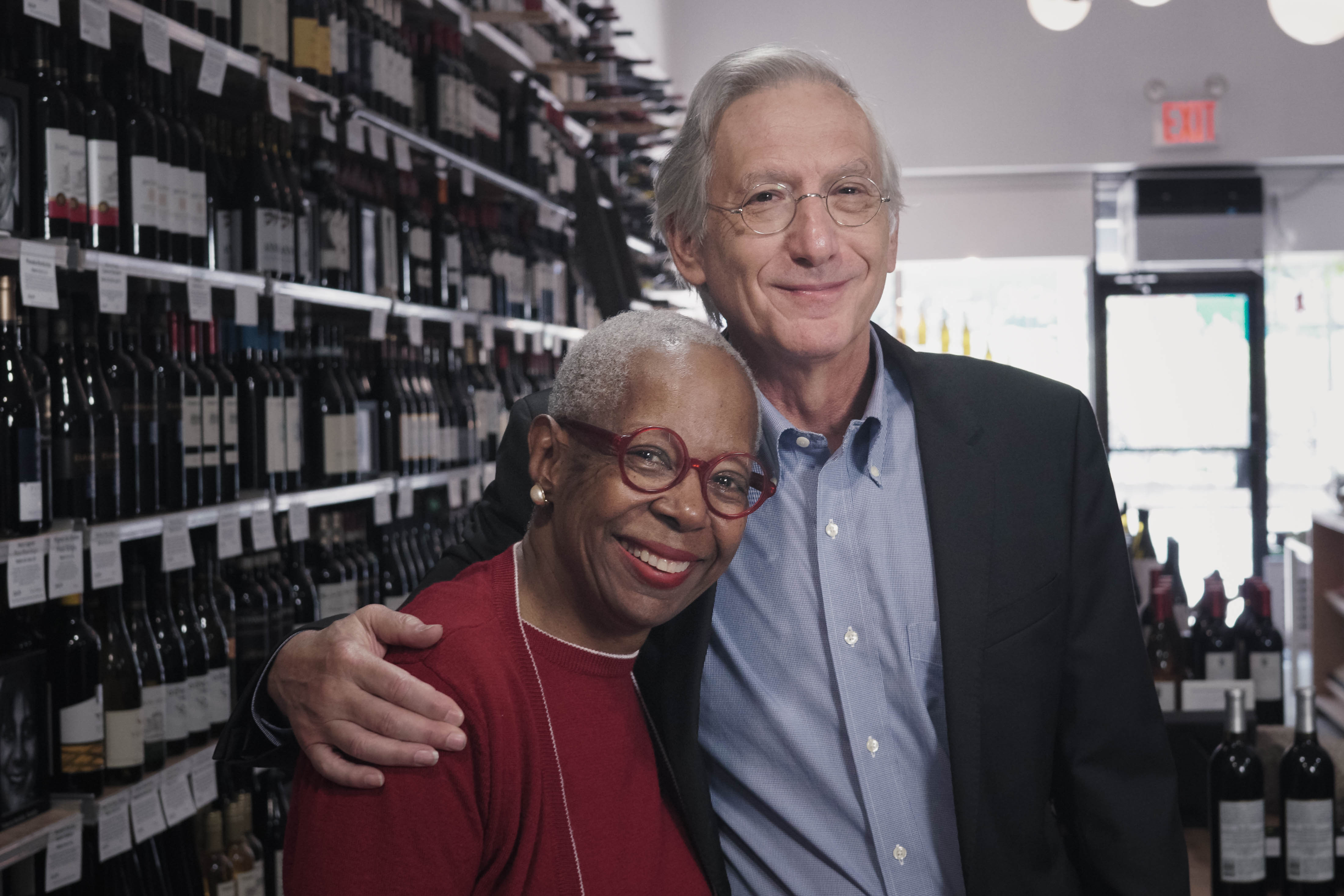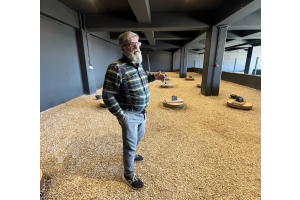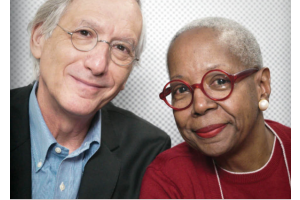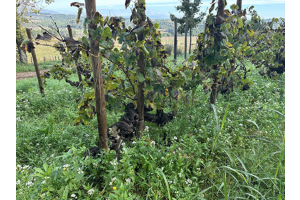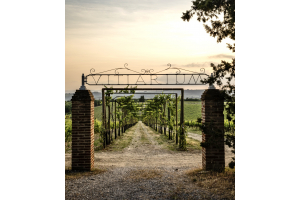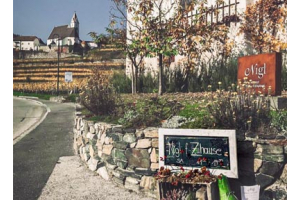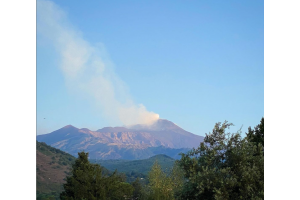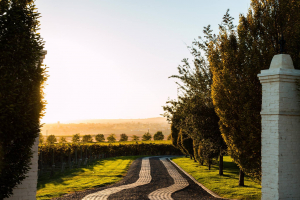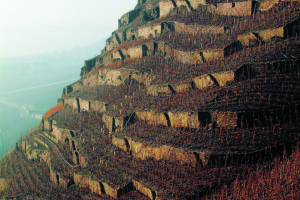
What is it like to taste 149 wines in two days, taking notes on each one, with Waffle House in-between?
In January, we were judges for the Virginia Governor’s Cup, which is hosted by the Virginia Wineries Association in partnership with the Virginia Wine Board and the Virginia Vineyards Association. We have been enjoying and writing about Virginia’s wines for decades. Horton Vineyards Viognier and Norton were early favorites going back to the ’90s, about the time we visited the now-sold Swedenburg Estate Vineyard in Middleburg. We discovered the fine, Champagne-method sparklers from Thibaut-Janisson Winery more than a decade ago. But this is the first time we participated in the judging.
Every state has wineries, but few do much of a job promoting their own industries. We have said for years that more states should emulate Virginia, which has a robust marketing effort both in-state and out. The Governor’s Cup, started in its current form in 2012, is a part of that effort. It has become a top wine competition because of its strict standards, fine organization and knowledgeable judges.
There are about 300 wineries in Virginia. This year, 124 entered 590 wines (each winery could enter as many as six). Each wine must be made with 100% Virginia fruit. (Separately, there were 22 ciders and 14 meads.) Red blends (including Meritage, a blend of classic Bordeaux varieties) and Cabernet Franc were the most-entered reds, while Chardonnay was the most-entered white, followed by Viognier and Petit Manseng.
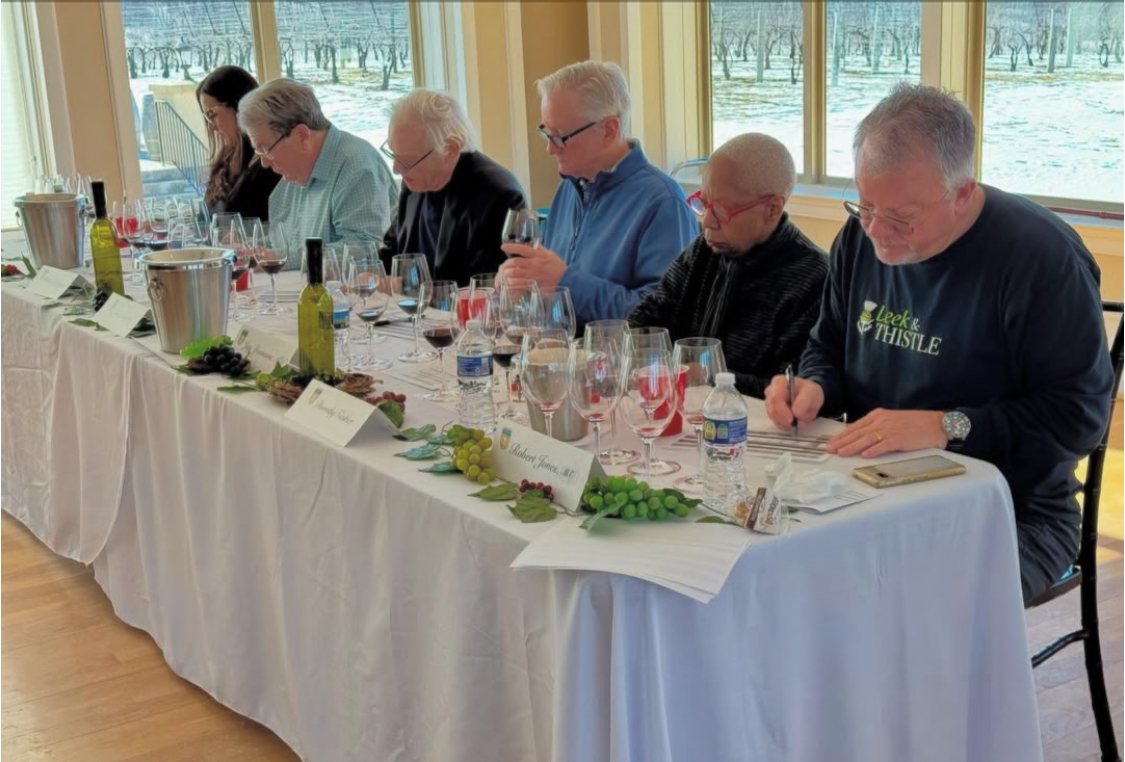 All wines are, of course, tasted blind. First-round judges narrowed the field to 149 wines. The job of the 12 final judges, including us, was to rate each of those on a 100-point scale. The 12 highest-rated wines become the Governor’s Cup Case and the top wine is awarded the Governor’s Cup.
All wines are, of course, tasted blind. First-round judges narrowed the field to 149 wines. The job of the 12 final judges, including us, was to rate each of those on a 100-point scale. The 12 highest-rated wines become the Governor’s Cup Case and the top wine is awarded the Governor’s Cup.
(Our panel)
The group of judges was amazing. Our final group included four Masters of Wine, noted sommeliers and Dave McIntyre, the long-time wine columnist for the Washington Post (much more about the competition, including the list of judges and last year’s winners, is here). The group was also nicely diverse and that was intentional, said Frank Morgan, the director of judging. We first met Morgan in 2019 at the Wine Writers’ Symposium at Meadowood in Napa, where Dottie gave a keynote address about the lack of diversity in the wine world. Morgan said there are more than 75 grape varieties in the state grown in very different terroirs in a broad variety of soils. “So my goal was to bring in different faces, different voices to taste this diverse array of wines,” Morgan said. We were paid a stipend for our participation.
The judging began at 9 a.m. on Sunday, Jan. 26, at Breaux Vineyards in Loudoun County, an impressive 404-acre estate, with more than 100 acres of vineyards, that reminded Dottie of sprawling wineries in Stellenbosch, South Africa. We would generally expect in a judging of wines to taste them from lighter white to heavier white and then lighter red to heavier red. Morgan told us he was going to try something different.
Each judge sat at a table with a scoring sheet with a flight of wines, sometimes just one or two and sometimes six. We took notes on each and gave a score. We did not discuss the wines with other judges at our tables and we liked that idea because it prevents a group from giving compromise scores.
As we were tasting one flight – the two of us were not seated next to each other, by the way – volunteers poured a different flight, from bagged bottles, at another table. When each of us finished scoring, we stood up and walked to the new flight. Morgan pointed out that getting up and walking would help us feel more comfortable through the day, and an added bonus was that everyone was able to work at their own pace.
Here was the twist: Morgan said that, after a great deal of thought and research, he decided the judges would taste alternating flights of reds and whites. He felt that would help avoid “palate fatigue,” especially with several flights of big red wines. We were skeptical.
How is it possible to judge so many wines, all of which had already gotten through to the final round, in such a short time? A big breakfast and lunch helps, and there was plenty of water, bread, crackers and other snacks. But the trick is to focus on each wine and bring years of tasting and study to the task. How does the wine look? Critically, how is the nose? In our experience, that takes us most of the way. Then take a small sip, get some air into your mouth (yes, lots of slurping ensued), swish it around as you think about it and spit. Many or even most wines will be good; some wines will stand out. Either way, all of the wines deserve thoughtfulness and serious consideration.
And Morgan was right about alternating reds and whites. Especially because so many of the reds were big, the whites generally gave us a chance to reset our palates after a brief break.
On the first day, we were scheduled to taste until maybe 4 or 5. But something happened: the Washington Commanders made it to the league championship game. We’re not big football fans – we support the New York Mets, heaven help us – but even we were excited about the Cinderella story of the Commanders and their young quarterback, Jayden Daniels. Since most of the judges were from the D.C. region, there was palpable excitement in the room.
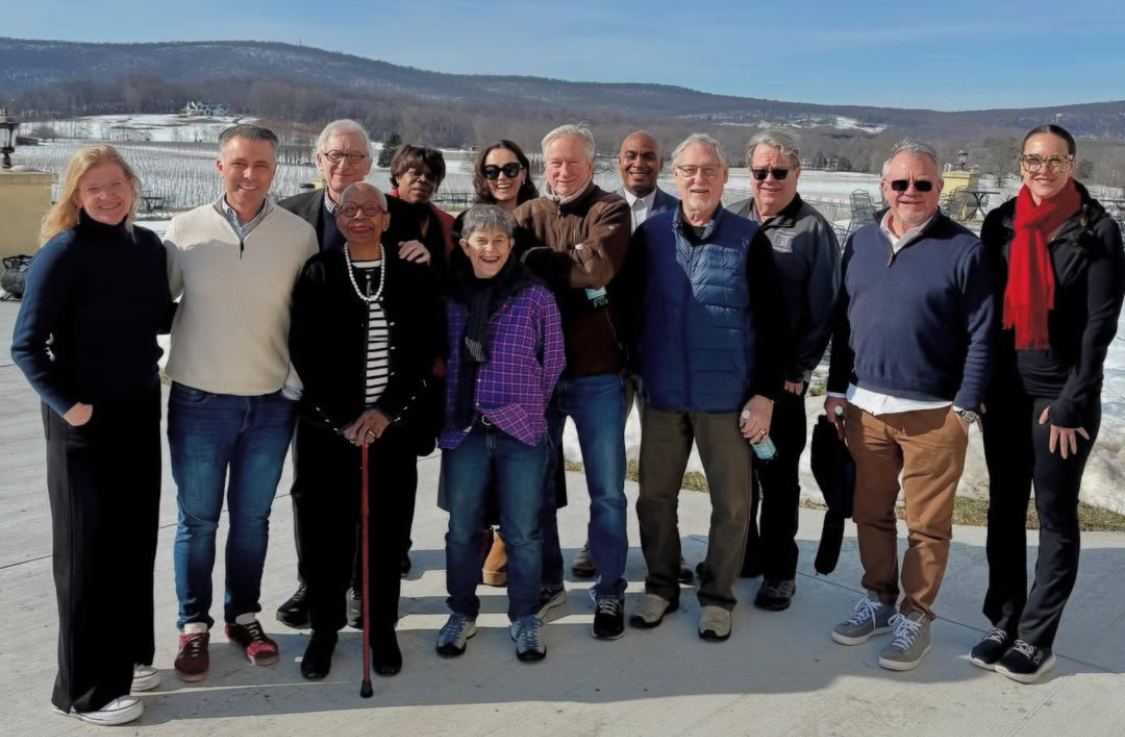 When the game started around 3, everyone tried to keep focused on the wines. The judges, all serious pros, checked their phones and discussed the score only between flights. There were sighs and a lot of head-shaking at both tables. We wrapped up soon after. Several judges went back to the hotel to watch the game. We took a different route. As we were getting to our hotel, we noticed that we were close to a Waffle House. This might not be important to many of you. But we both grew up in the South. Waffle House is part of our history and, believe it or not, there is not a Waffle House in Manhattan. So after a short rest, we went to Waffle House for dinner.
When the game started around 3, everyone tried to keep focused on the wines. The judges, all serious pros, checked their phones and discussed the score only between flights. There were sighs and a lot of head-shaking at both tables. We wrapped up soon after. Several judges went back to the hotel to watch the game. We took a different route. As we were getting to our hotel, we noticed that we were close to a Waffle House. This might not be important to many of you. But we both grew up in the South. Waffle House is part of our history and, believe it or not, there is not a Waffle House in Manhattan. So after a short rest, we went to Waffle House for dinner.
(Virginia judges)
That’s right: After tasting 75 of Virginia’s best wines on Sunday, we feasted on grits swimming in butter and biscuits hidden underneath sausage gravy. It was glorious. We did not have wine with dinner.
The Commanders’ loss was sad, but did not carry over to the second day of judging.
Through the two days, we tasted quite a few flights of Petit Verdot, which Virginia believes might be a signature grape. We both found too many of them heavy, as Petit Verdot can be. Virginia also believes in its Cabernet Franc and, indeed, we thought some of them were outstanding: structured and elegant. Same for Meritage.
Viognier has an interesting recent history in Virginia. For a while it was the representative white grape of the state, but it has lost favor. Among those we tasted, we’d say that vintners who are still producing it clearly are finding their way and we’d say: Don’t give up! There’s a great deal of excitement now about Petit Manseng, best known as a grape from Southwest France. It’s often made into a sweet wine and, even when dry, is intensely fruity. We felt, overall, that the ones we tasted were pleasant but were not as distinctive as we would have liked.
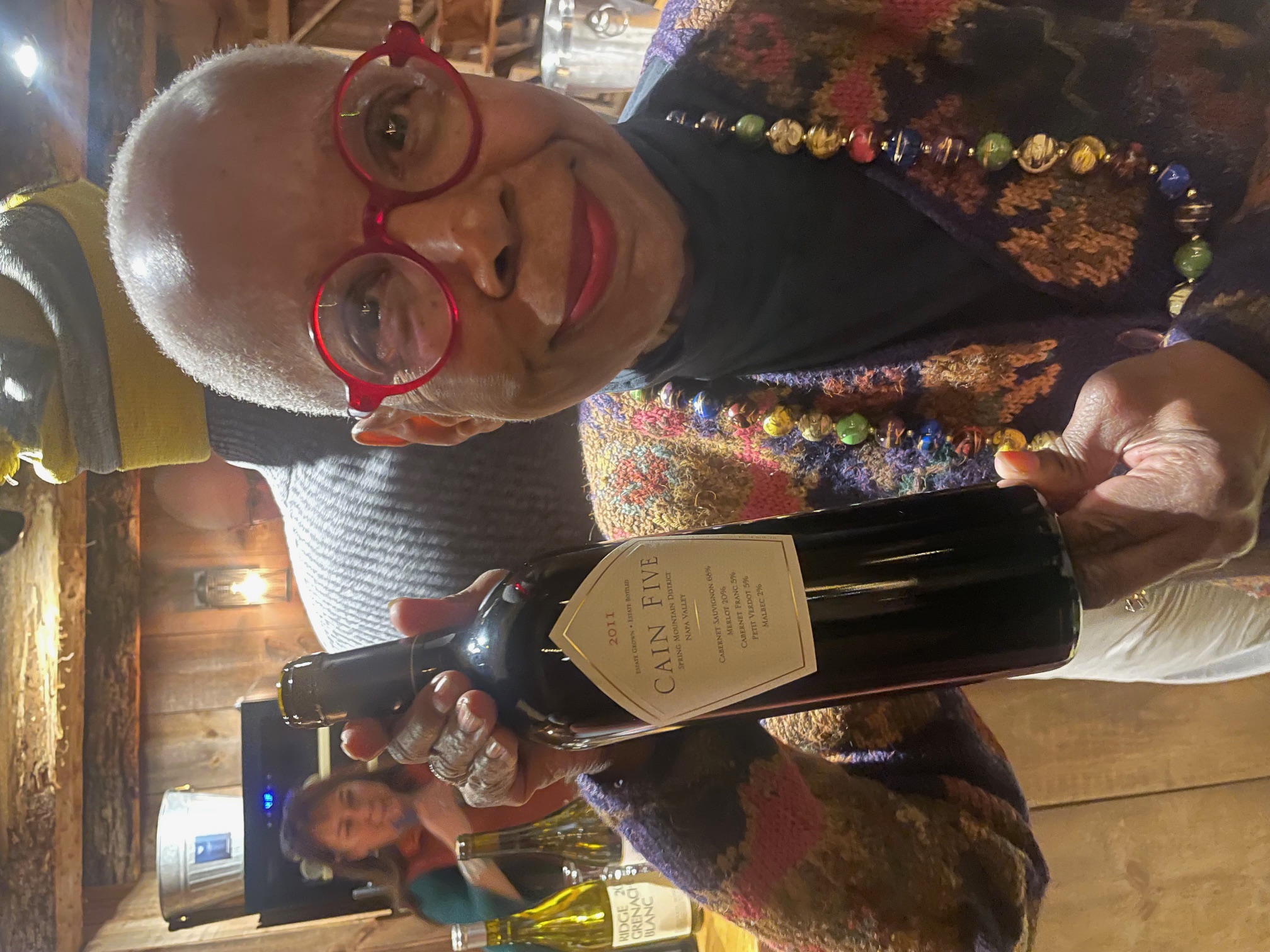 One big takeaway was that, as usual in winemaking, people with passion make notable wines from any kind of grape. John had several Chardonnays, both oaked and unoaked, that he liked very much. He was pretty wild about a Nebbiolo. And he was very taken with a French-American hybrid. They are better known for their heartiness than their elegance, but John felt this was made by someone with vision. Dottie fell hard for a lovely sparkler and some Cabernet Francs and Meritages.
One big takeaway was that, as usual in winemaking, people with passion make notable wines from any kind of grape. John had several Chardonnays, both oaked and unoaked, that he liked very much. He was pretty wild about a Nebbiolo. And he was very taken with a French-American hybrid. They are better known for their heartiness than their elegance, but John felt this was made by someone with vision. Dottie fell hard for a lovely sparkler and some Cabernet Francs and Meritages.
(Dottie with Cain)
One possible change for next year: Morgan wants to create a separate category for small-production wineries. Their wines would be judged blind along with the other wines but could not be part of the Governor’s Cup case, which is comprised of wines made in quantities considered commercial. However, the highest-rated small winery would be honored as the best among the micros. This sounds like a wonderful way to highlight and reward winemakers who don’t have the resources to produce much.
After the tasting was over on Monday, we all retreated to Kalero Vineyard for a BYOB barbeque dinner from a famous local place called Monk’s (the brisket – oh, wow). What do a bunch of wine geeks bring to an event like that for other wine geeks? Everything, from German Riesling to an old Barbaresco in magnum – and several wines from Virginia, of course. We brought a bottle that was special to us: Cain Five 2011, from Cain Vineyard & Winery in Napa Valley. Cain was devastated by fire in 2020 and is coming back. We thought this bottle would help represent the cycles of wine and wine regions all over the globe that, like Virginia, have ups and downs and unexpected challenges every year. The Cain was delicious and its age was just right.
The Governor’s Cup Case and the winner will be unveiled at a gala celebration at Richmond’s Main Street Station on March 13. Gov. Glenn Youngkin is scheduled to do the honors. We can’t wait to see the top 12.
Dorothy J. Gaiter and John Brecher conceived and wrote The Wall Street Journal's wine column, "Tastings," from 1998 to 2010. Dorothy and John have been tasting and studying wine since 1973. In 2020, the University of California at Davis added their papers to the Warren Winiarski Wine Writers Collection in its library, which also includes the work of Hugh Johnson and Jancis Robinson. Dottie has had a distinguished career in journalism as a reporter, editor, columnist and editorial writer at The Miami Herald, The New York Times, and at The Journal. John was Page One Editor of The Journal, City Editor of The Miami Herald and a senior editor at Bloomberg News. They are well-known from their books and many television appearances, especially on Martha Stewart's show, and as the creators of the annual, international "Open That Bottle Night" celebration of wine and friendship. The first bottle they shared was André Cold Duck. They have two daughters.
